India is one of the most gorgeous countries on this planet and you are in for a treat if you have decided to travel there. I grew up in India and I have intimate knowledge of how to do it best. From the Himalayas in the north to the southern seas and the desert in the west to the tea hills in the east India is going to leave a lasting impression on those that travel here. Planning your trip to India might seem overwhelming but this comprehensive guide gives you all the details you could need to plan out every single part of your journey. If you have any questions at all, leave them in the comments and I will get back to you!
Table of Contents
- Where to go
- Experiences
- How long to stay
- When to go
- Where to stay
- Where to eat
- What to pack
- Health
- Safety
- Customs and Traditions
- Cost and Budget
- Shopping
- Flights
- Visa
- Transportation
- Photography
- Travel insurance
- Scams
- Other resources
Where to go
Regions of India
The first thing you realize is that India is an incredibly diverse country. It can be separated into 6 distinct regions though most travelers choose to go to North India for their first trip. You can incorporate multiple regions in your plan if you come for more than a week.
- North India – This is the most common region visited by tourists on their first visit to India. It includes the Golden Triangle which are the cities of New Delhi, Jaipur and Agra. This is what I recommend you do if it is your first time in India. You would get the desert experience in Jaipur with camels and palaces, see the booming metropolis of Delhi with its rich culture and the Taj Mahal in Agra which is a must see for your first visit. My favorite city of Varanasi is one of my top recommended destinations for international travelers to add on to the Golden Triangle.
- Himalayas – This is home to the cities of Shimla and Rishikesh that are known for their ashrams and yoga retreats. If you are looking to escape the hustle of the cities then there are some gorgeous estates in the mountains. The plateaus of Leh and Ladakh with a strong Buddhist presence are also in this region.
- South India – This is the part of India with lush green trees, beaches and houseboats. Kerala is a famous tourist destination and called God’s country for its mangroves and gorgeous backwaters. The other states which make up most of the tourism are Karnataka and Tamil Nadu.
- Western India – The most important city in the west is Bombay with the Bollywood industry and its famous street food. Just south of the state is Goa, known for its parties and for being an international destination. It has a rich Portugese influence and is mostly a Christian state in contrast with the rest of India.
- Eastern India – These are the states of West Bengal and Orissa on the Bay of Bengal. The Ganga flows through these states and the Sundarbans National Park, home to the Bengal tigers can be found here. Bhubaneswar, the Temple Town has temples that are architectural wonders such as the Jagannath Temple.
- North East India – This part of India is composed of the seven sister states that includes Assam famous for its tea hills. The border with China and Bhutan lies up here. The Kaziranga National Park with the one horned rhino, the famous Tawang Monastery and Shillong or the Scotland of the East lie here.
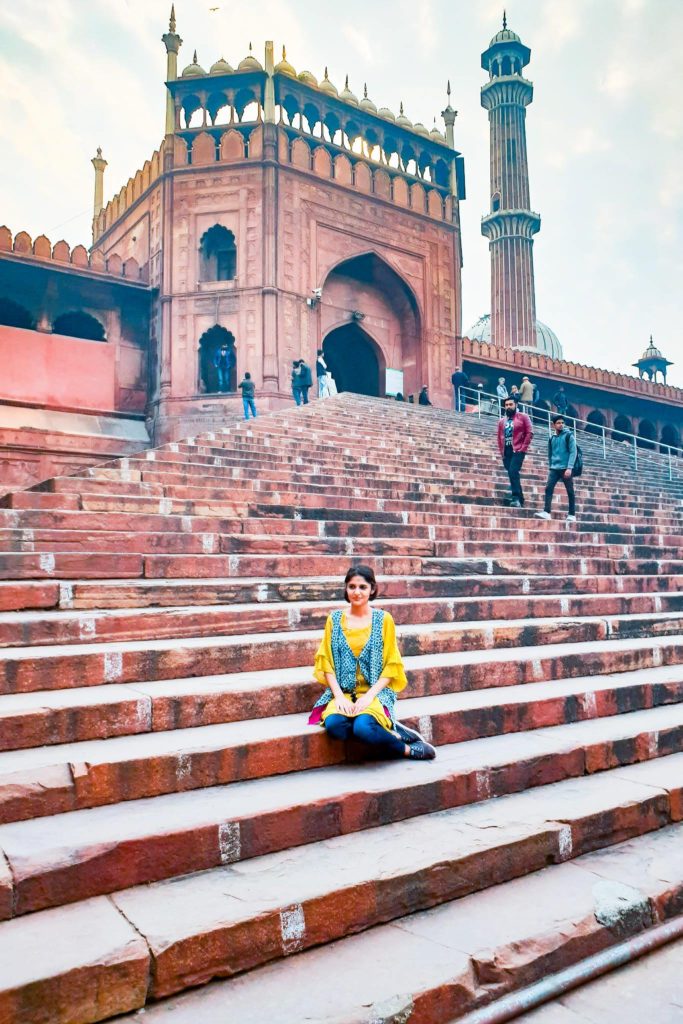
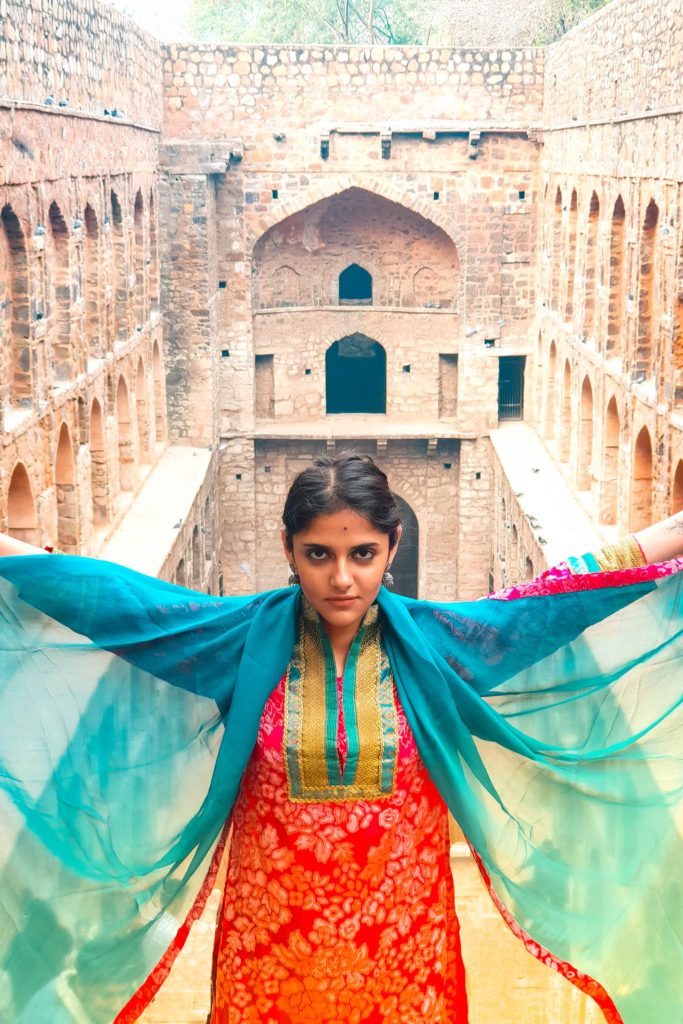
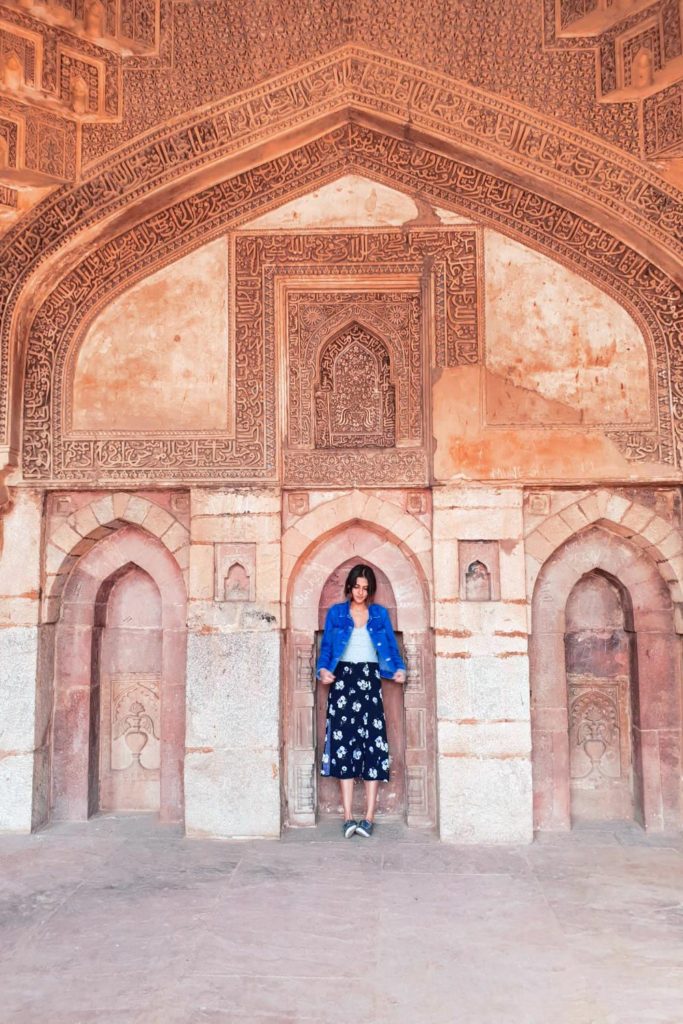
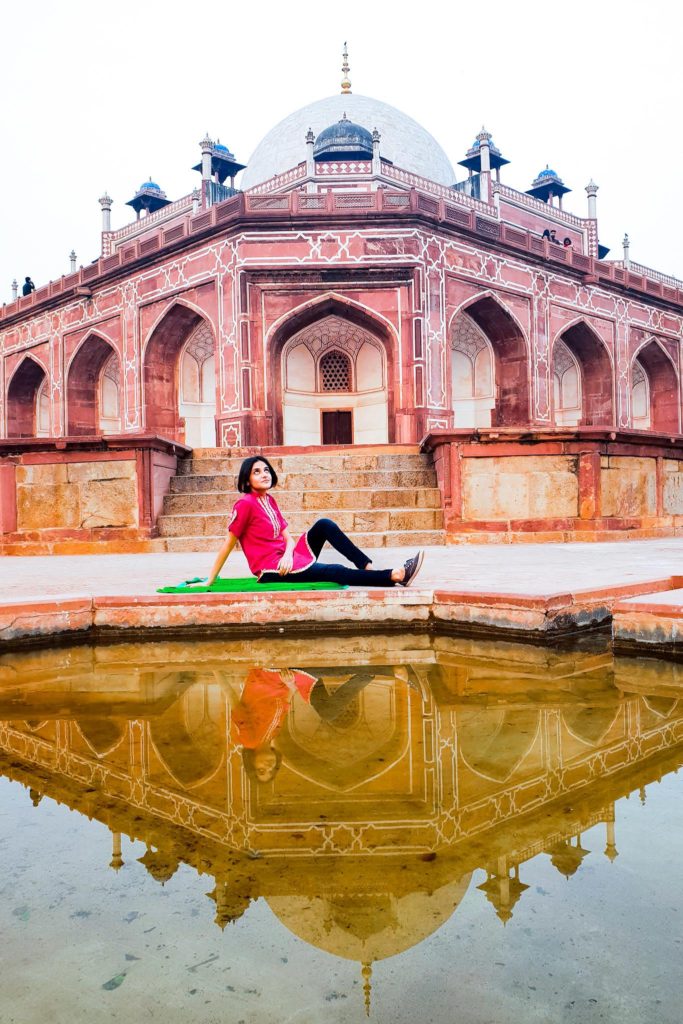


Itinerary
I have the ultimate insider’s guide for Delhi, Jaipur, Udaipur and Varanasi for the top things to do and places to see. These are curated to make sure you get the best travel experience and do not miss any important landmarks on your trip.
- DELHI – The capital of the city and visited by most tourists on their first visit this city has a lot of cultural significance and a good first city in India.
- UDAIPUR – The City of Lakes is absolutely gorgeous during monsoon. It is filled with forts, lakes and good food to fill you up.
- VARANASI – The Holy City of India will shock you to your core. From the burning ghat to the spicy food and cows roaming the streets this is not a city to be missed.
- JAIPUR – My favorite city in India has the most amazing and colorful photography spots and the best Indian food I have ever tasted.
Experiences
Festivals
India has some of the most mind blowing festivals that take place all year around. From Holi the celebration of color and Diwali the celebration of lights, India is filled with festivals all year around. If you want to experience any of these festivals on your trip to India checkout the linked post below and plan your trip so that the festival dates fall during the time you are in India. This will make your trip all the more memorable.
For all the information on these festivals checkout the Top 5 Festivals of India for Foreign Visitors.
Tiger Safaris
India is the only country that is home to the Bengal tiger. Some of my most memorable experiences have been seeing a tiger from as close as 10 metres on top of an elephant. The Ranthambore National Park, Kanha National Park and Bandhavgarh National Parks are my top favorites that I have visited many times over the years.
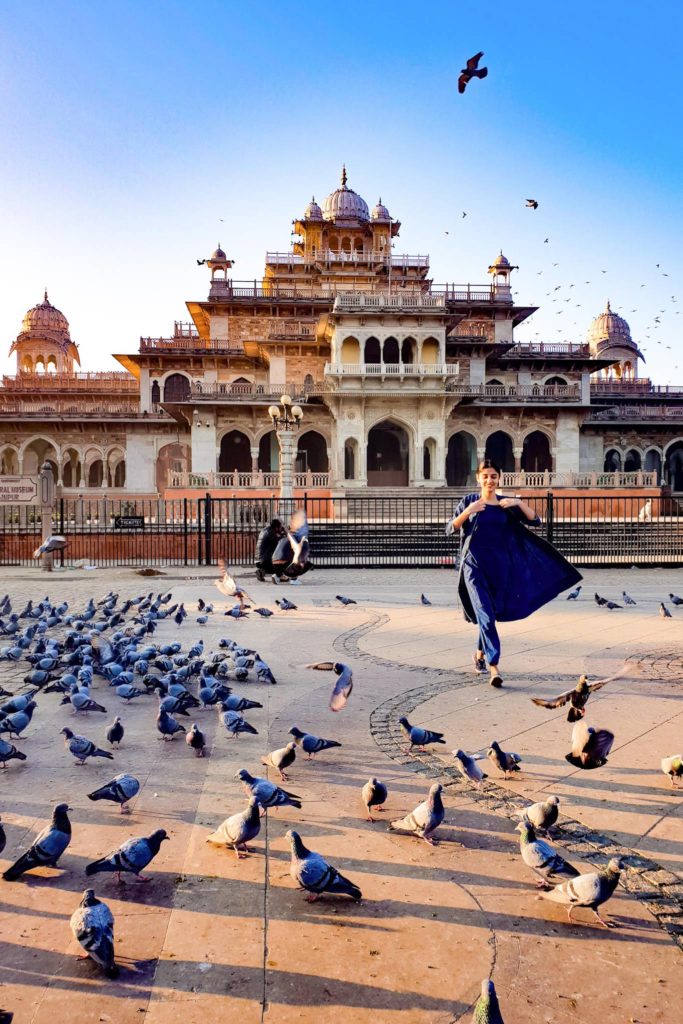

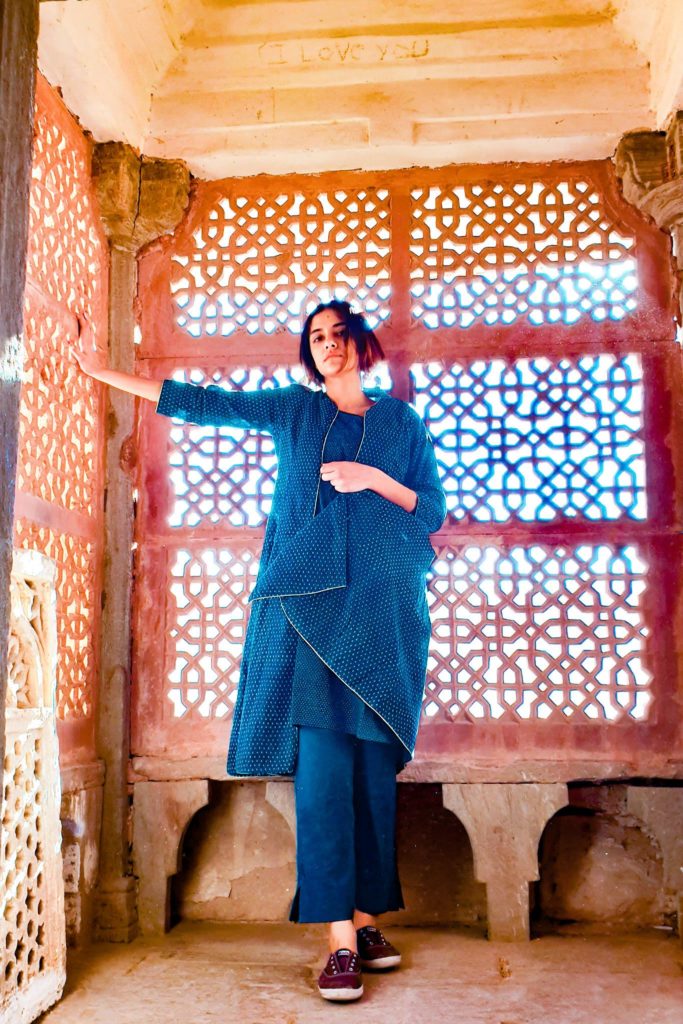
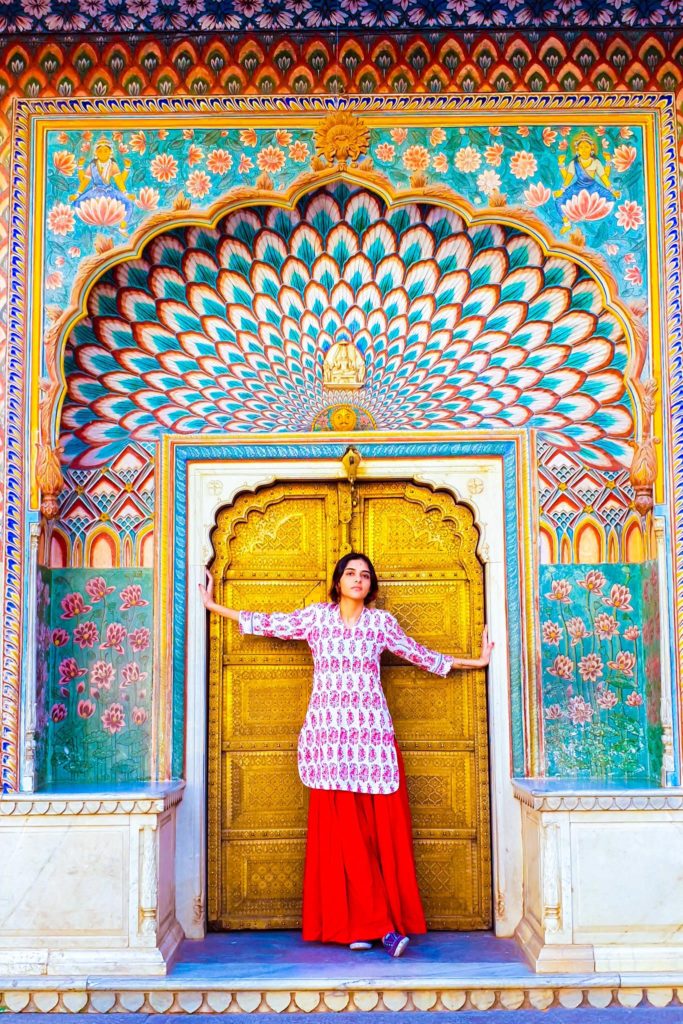
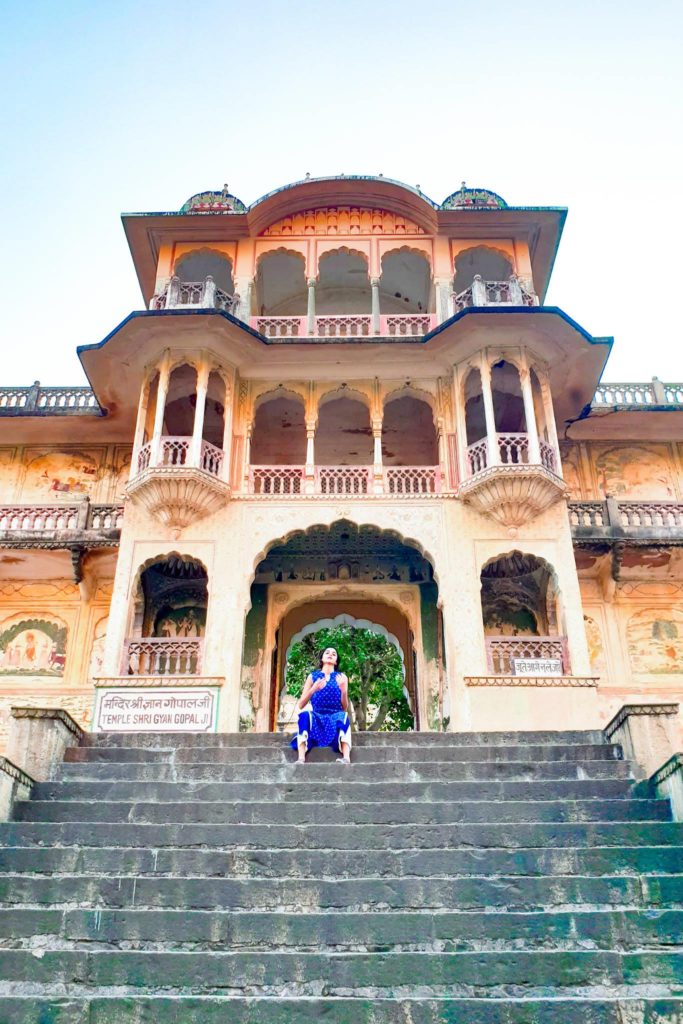
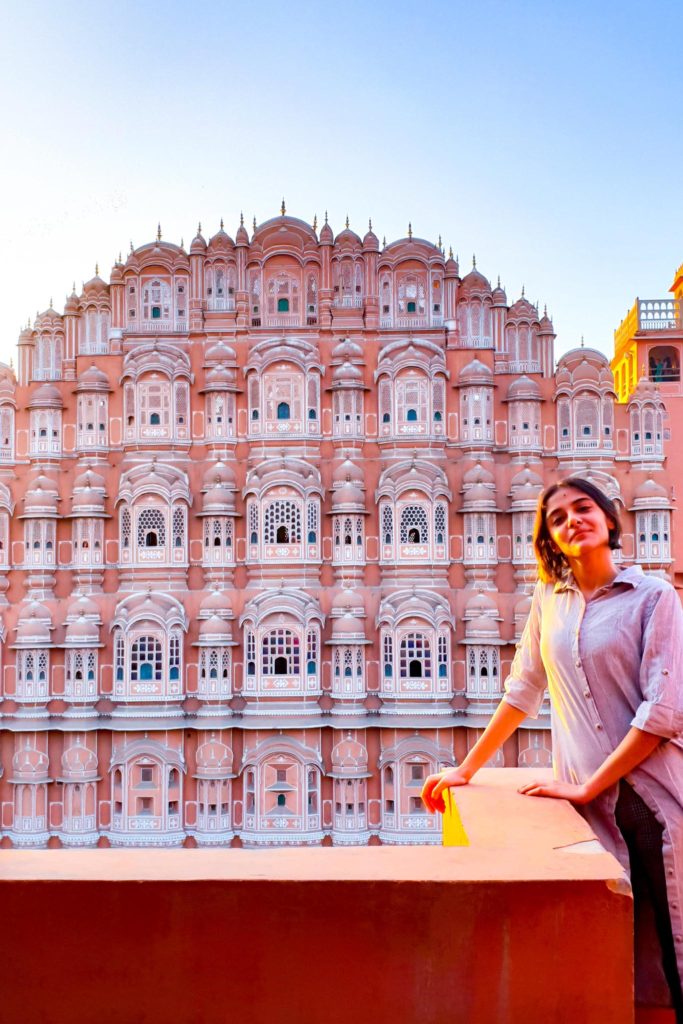
How long to stay
- Long Trip – A 6 month trip to India would make sure that you spend a month in each of the regions. This is the perfect amount of time to really explore the country and see all the places that make it so beautiful.
- Medium Trip – If you are looking for a shorter backpacking trip then 3 months would be ideal. You could choose a few regions to explore or sample every region within a couple weeks to have a comprehensive India trip.
- Short Trip (Most common) – If this is a typical international vacation though then I would recommend a minimum 2 weeks trip. Focus on the Golden Triangle Tour of Delhi, Jaipur and Agra for the first week and then choose a different region to visit for your last week. I believe just doing Northern India does not give you the proper appreciation for how vast and gorgeous the country is. Going to Kerala for your last week would add a cool water filled respite in contrast to the dry hot regions of the north.
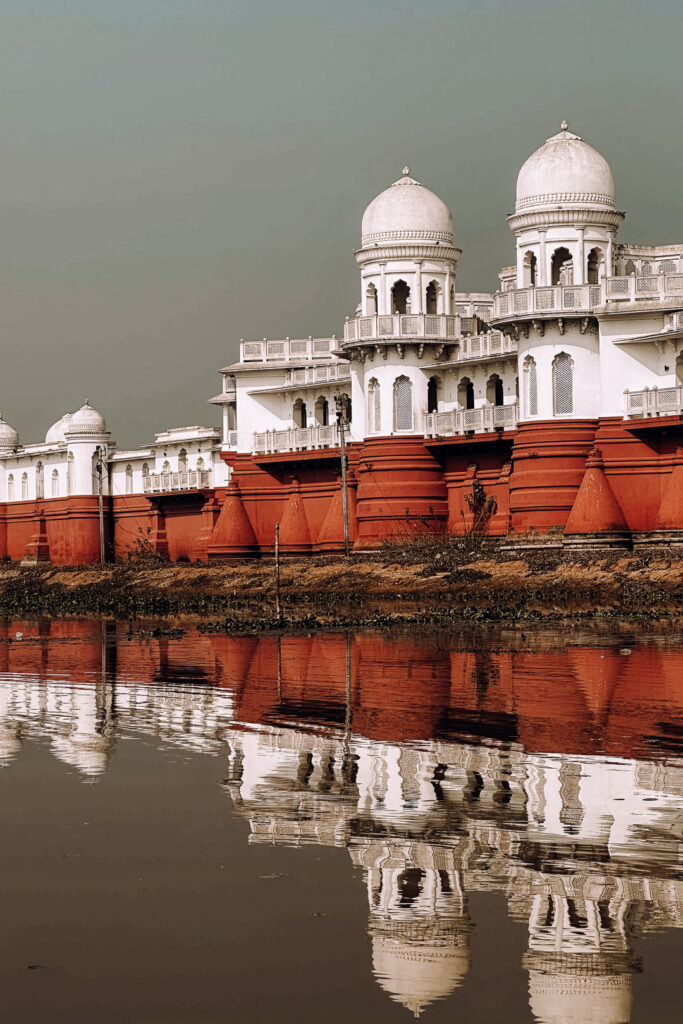

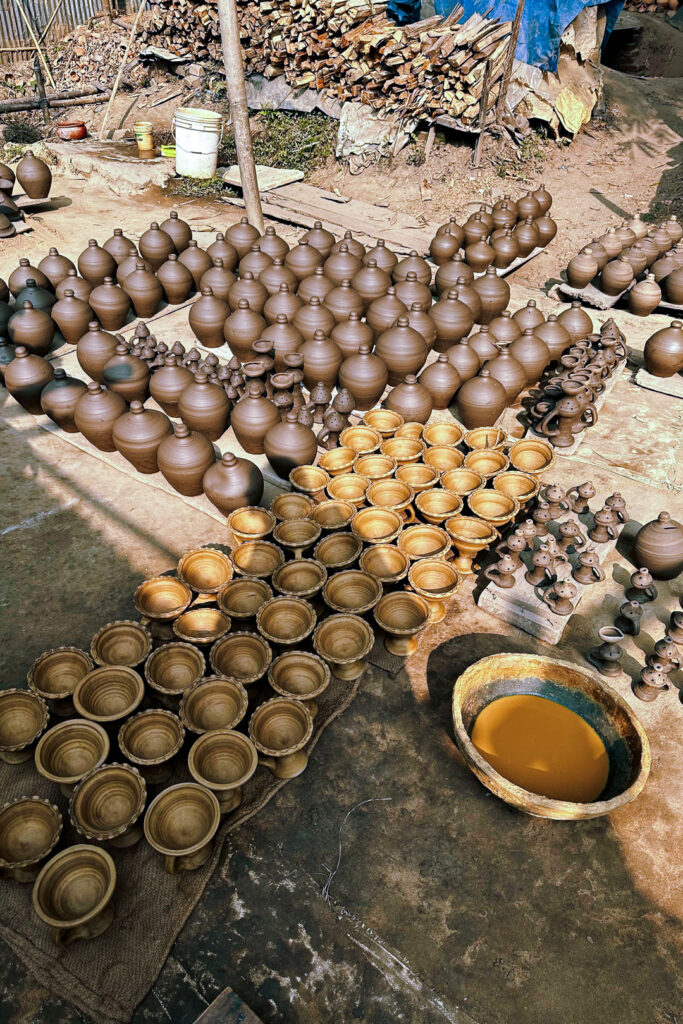

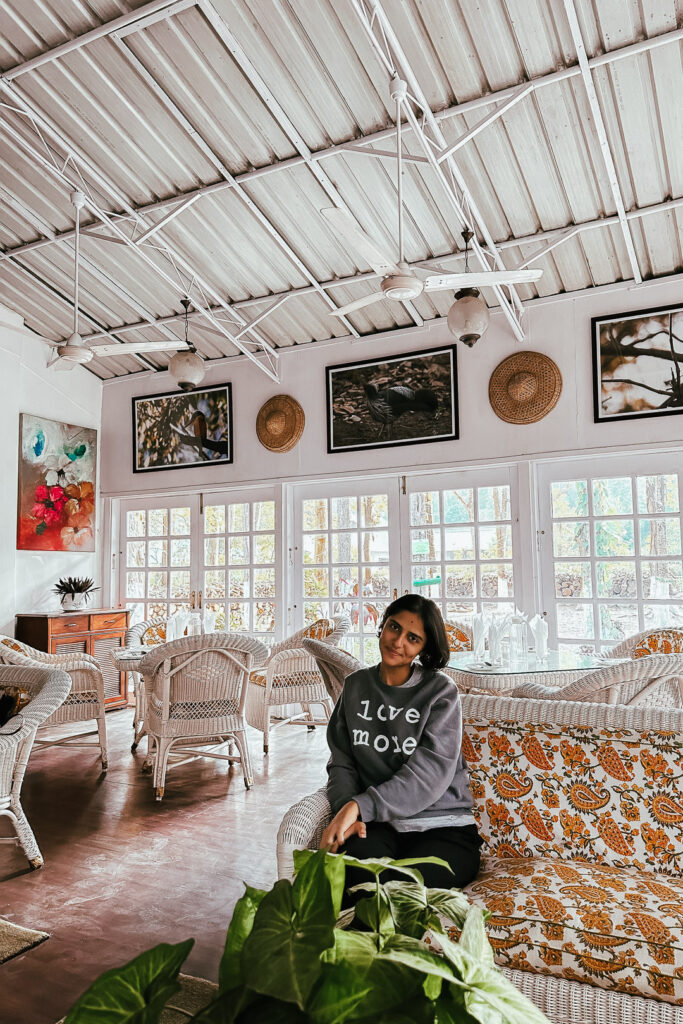
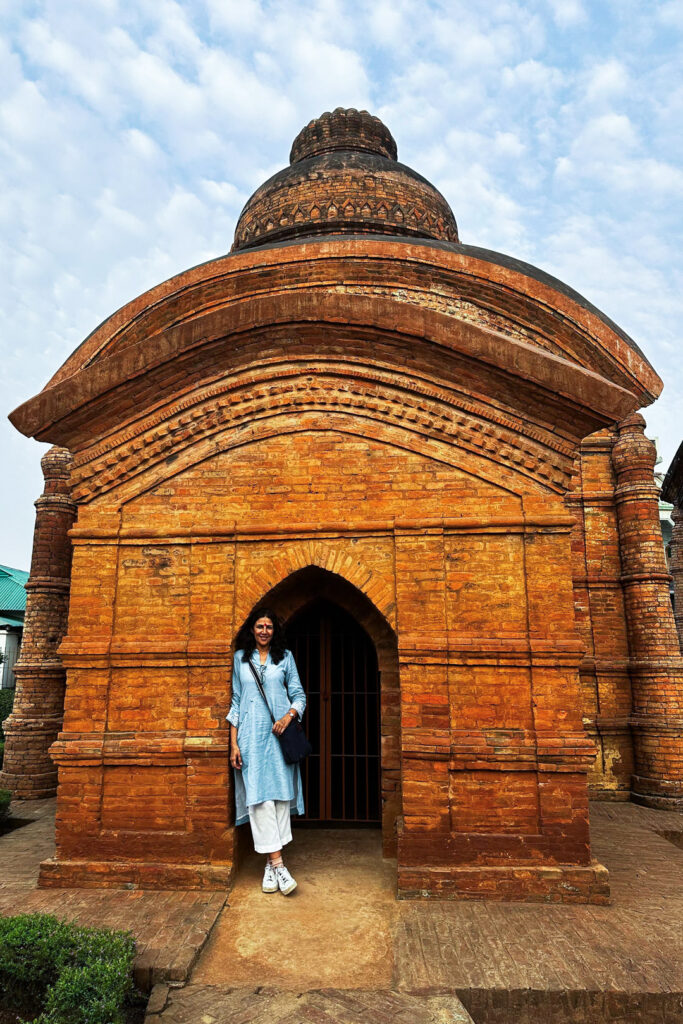
When to go
The peak season in India is from October until March which is winter for the country. The average temperature during this time is between 10 to 20 degree celsius which is cool during the day and a little cold at night. During the summer months the temperature rises up to 35 degree celsius and July onwards the monsoons have torrential rain for 3 months.
While planning your trip to India, weather is going to play a very important role. You cannot travel to the Himalayas during the peak winter season which is also the season that most tourists come to India. The roads are usually covered with snow due to heavy snowfall and you can get stuck in cities for days.
The best time to go to the Himalayas is during the summer season in May and June before the monsoons. If you want to visit the mountains during peak season months you have to plan to go to the mountains either in late March or the start of October which can fit nicely into the trip.
Where to stay
India has one of the best hospitality industries in the world and amazing hotels. In top notch hotels, you will be greeted by a tika on your forehead and a flower garland before being given a refreshing drink and led to your room. I highly recommend you stay at one of the top hotels for at least one night and if you can afford it, the entire trip. There are palaces in the desert, houseboats in Kerala, sprawling estates in the Himalayas and many more amazing places to stay you cannot find anywhere else. You should make the best of the opportunity and really pay attention to your place of stay during your trip because these are an experience of their own.
For some of the most unique stays in India –
- 5 Unusual Places to stay in India – includes houseboats in Kerala and a safari camp in the Thar desert.
- Where to Stay in Jaipur, India: Top 9 Luxury Hotel – for the best places to stay in Jaipur including a palace with gold cups where Queen Elizabeth herself stayed when she visited India.
- Best Palace Hotels in India – includes gorgeous palaces that have been converted into boutique hotels.
Hotels are one thing you do not want to skimp on because some of the cheaper places are really shady and very bad in quality. Only book Airbnbs with 5 star reviews that are in safe locations. If you search online a lot of bloggers have articles about the best places to stay in each city and this is a good way to find your place of stay.
Want to know where the above pictures are from? Checkout my guide to the BEST HOTELS IN JAIPUR.
Where to eat
Indian cuisine is so diverse and delicious that this trip is going to be a gastronomical dream for every foodie. Every city has its own speciality dish. If you are in Delhi, this is the perfect time to try cuisine from every part of the country. Since Delhi is the capital they have authentic food from the furthest corners of the country. Checkout my guide to the 30 Best Restaurants in Delhi for the International Traveler that introduces you to every type of cuisine possible in India.
It is very easy to get food poisoning if you aren’t careful though, especially for foreign visitors. To avoid this do not eat any street food. Even if you see locals eating from a stall you are better off keeping your sensitive belly safe instead of ending up with a case of food poisoning that is a very real concern for foreign visitors. Restaurants are safe places to eat and the ones on my list have been personally tested by me time and again to assure the best quality food in all of Delhi.
What to pack
- Clothes – India is a hot country and you will need loose cotton clothes to stay cool. It is also very conservative and if you don’t want any unwanted attention then you should have clothes that cover the shoulders and bottoms that end below the knees. In good hotels it is completely fine to wear shorts and bikinis because they cater to a more western group. You can easily purchase cotton clothes for your trip once you land in India so make sure you have enough space for them.
- First aid – It is very easy to get over the counter medicine for any type of problem in India. The chemists are very knowledgeable and can point you to the right medicine. However the brands and names will be completely different and if you don’t feel comfortable you should bring your own medicine. I always recommend traveling with a first aid kit in any situation.
- Electronics – You will need a universal travel adapter with surge protector so you don’t accidentally end up frying your phone on the trip. Another important thing to have is a sim card with data that is compatible with the carriers in India. I recommend getting a local sim card with data for a month at the airport as soon as you touch down.
- Essential items – The most essential items that I never travel in India without are a backpack, water bottle, scarf, slippers, mosquito repellant, sunscreen, hand sanitizer, local currency and soap. You will be surprised at how often these can come in handy. Always carry these in a small backpack with you during your entire trip.
- Physical guide book – India does not have the same well laid out road system and routes that Uber is used to. You have to depend on physical items that aren’t going to go out of range in remote locations. Always carry a physical guide or map with you with notes about where you are going, how to get there and any contact information you might need.
Health
- Wellness – India has a good medical system and the medication is inexpensive for common problems. If you do end up getting very sick and need to be hospitalized in a private hospital, the cost can go up significantly. Severe food poisoning and dengue are some very real concerns for foreigners coming into India. For this reason always carry travel insurance with you on any trip. The travel insurance I always get when traveling abroad is World Nomads. They have a very simple and quick way to set up your insurance and it gives you peace of mind.
- Vaccinations – The WHO recommends 9 vaccinations before you go to India. It is very important to get these because your immunity to diseases in such a different climate is going to be very low. Some vaccinations have a multiple shot regime and you should plan to start this 2 months in advance of your trip. The diseases you need vaccinations against are Hep A, Hep B, Oral Polio, Typhoid, Varicella, Japanese encephalitis, Rabies, Yellow fever and Meningococcal bacteria. Visit your doctor and get all the recommended vaccines well in advance.
- Hygiene – Tap water is not drinkable in India and only bottled water or water from a purifier should be consumed. Most restaurants will ask if you prefer bottled water or normal water. In this case they mean normal filtered water which is completely safe. Be careful not to eat any street food from roadside vendors. You are better off missing out on some street food then ending up with a severe case of food poisoning. Also try to avoid any salads, fruit and uncooked food if you are not in a restaurant. Restaurants have good standards and you can eat anything you want there.
- Gut Health – India has a brand of famous probiotics called Yakul. I drink this whenever I go back home and they come in small packets you can carry anywhere. I recommend buying a pack and drinking a couple per day for your entire trip to make sure your gut health is good.
- First aid – You can easily find any medicine you need at a cheap price in a pharmacy. The pharmacists are knowledgeable and can usually grab the right stuff for you. The brands are going to be different than what you are used to so if that is uncomfortable then be sure to carry your own medicine and your prescriptions with you. Insect repellant is a must when traveling anywhere and if you burn up easy then sunscreen as well.
Safety
This is going to be a big concern for travelers when planning a trip to India so I want to give you the best advice to keep yourself safe.
The first is to make sure if you are traveling alone you never venture into unsafe areas. Your hotel can give you a good idea of what areas to avoid. Please do not go into these areas no matter what happens. Only keep to the well frequented tourist areas. If you are more adventurous and want to explore then venture out with a group with a local guide preferably. Many foreigners make the mistake of feeling safe in groups and going to unsafe areas and having very bad experiences.
Secondly, when planning your itinerary, always thoroughly research the city you are going to and find out what the popular scams are. If you know about these you are less likely to fall for them. Never ever book anything with agents you meet on the street. Always book your hotels, flights and tickets online yourself or with a well known tour guide.
Lastly, for women, do not step out at night or take an Uber without making sure someone else knows where you are going. Even Ubers are not safe at night. You want to be at your hotel at night or in a very well known area with a group of people.
Customs and Traditions
- Clothing – India is a very conservative country and unless you are going to a bar or inside your hotel you will be met with unwanted stares and comments if you aren’t dressed conservatively. Indian clothes for women are made from loose cotton that is perfect for the hot weather. If you are landing in Delhi or Mumbai you can easily purchase a few of these for your trip and not have to worry about clothing anymore.
- Tips – Most hotels and restaurants now include tips in the bill and you do not have to tip separately. The people you should tip are your guides, the person carrying your luggage, any guards at your hotel and your driver. A tip of Rs.100 is a good amount and very well appreciated. You should do this at the end of your trip just before leaving.
- Conversation – People in India are not open about their personal lives and you should steer clear about any controversial topics. You do not know what views a person has and you might end up offending someone. Be aware that most people have conservative views and you aren’t going to change that by getting into an argument with them.
- Smiling – India is not a country where you smile at random strangers or greet everyone as is done in the west. NEVER smile at random men especially if you are a female solo traveler because this can go wrong very fast and will be taken completely out of context.
Cost and Budget
I am not a traveler that tries to travel with a very small budget. I like to get the best experience with everything so my budget is usually on the higher side because I choose the best luxury hotels and the recommended restaurants which adds to the cost of any trip.
It is also possible to travel in India with as little as $20 a day if you make your own meals, stay at the worst guesthouses and budget everything. Below is the budget I usually use for travel. If you are traveling on a moderate budget then you can easily travel well with any budget above $30 per day.
- Hotels – $30-$50 for good Airbnbs and $70 above for luxury hotels in low season. In peak season this can go upto $100. Mid range guest houses and hotels are from $14 a night which cuts down on expenses drastically.
- Food – $10 for every meal in a good high quality restaurant. If you cook yourself you can do it for very cheap at about $3 per day.
- Travel – $1 if you take an autorickshaw. Uber prices vary but they are relatively cheap at $3 for a medium distance ride.
- Flights – Domestic flights range between $50-$100 depending on the season.
- Attractions – $1-$3 for foreigners depending on how popular the attraction is. Locals have to pay one tenth the amount.
Shopping
- Local Speciality Items – Each city has certain items that it is famous for. Jaipur for its colorful jootis, Varanasi for its Benarasi saris and Delhi has the iconic perfumeries in Chandni Chowk. Before you go shopping you should thoroughly research the markets in the city and know what the local speciality item and its average price is.
- Must Buy Souvenirs – For must buy souvenirs in the country checkout – The Best Things to Buy in India – Fodors Travel Guide. This is a great guide if you want to take back souvenirs from your trip to India.
- Negotiation – If you are shopping at local markets then they will try to charge you higher because they are good at spotting who are not locals. This is why you must know the average price of items and refuse to pay anything above it. It is very easy to find another shop selling the same item with a much reasonable seller. Most sellers will eventually drop down to the average price if you stand your ground but if not then move right along and find another shop.
Flights
You will only be allowed to board your flight to India if you have at least 2 blank pages in your passport. @mariefeandjakesnow recounted their story of how Marie didnt have two blank pages and they could not board the flight. Your passport also needs to be valid for 6 months into the future.
Flights to India tend to get very expensive during peak season so you want to set your dates and book the flights early to get the best prices. Most international flights land in Mumbai or Delhi and you can take connecting flights from there to any domestic airport.
On arrival at immigration you will be asked for your visa and it takes about 30 minutes to get through immigration into the country. Outside the airport you will immediately be bombarded with 10 drivers trying to take you to your hotel. You want to avoid having to book a taxi at the airport because the culture shock when you land will be very real. Ask your hotel to send you a driver who will hold up your name on paper and he can easily drop you off at your hotel.
For any domestic flight you need to book I trust SpiceJet and IndiGo. They are two of the best domestic airlines in my opinion. They fly on time and have great service. I would steer clear of Air India which has hours long delays on most flights and terrible service. You can very easily book flights by searching on Google.
Visa
All tourists coming into India require a visa except citizens of Nepal and Bhutan. The visa is valid for a year but you can only stay in the country for a certain number of days at a stretch before having to exit and re-enter. This is called a multiple entry visa. If you are from the UK, USA, Japan or Canada you can stay in the country for 180 days. If you are from any other country you can stay in the country for 90 days. After this time you will have to exit the country and then re-enter it which resets your stay
The visa is valid for a year from the date of visa issuance not the date of entry into the country. You can only apply for the visa 120 days before you are due to arrive in India.
You can now apply for an E-Visa online on the website of the Government of India. I suggest using an online service to fill out your visa application because you won’t be able to make sense for a lot of the forms and the fee is non-refundable even if the visa gets rejected. The visa companies will save you hours of time and money because some of the forms get complicated and are hard to make sense of. You do not want to risk getting denied 2 weeks before your flight. iVisa is a good company to help you with your visa process.
For the visa you will need your itinerary, 2 blank pages on your passport (this is important or you will not be allowed to board your flight to India), a passport size picture, copies of flight tickets and proof of residential address or hotel. The cost for US citizens is $150 for the visa and $19.90 for processing. Be aware that some areas in India are protected areas and to visit these you need a Protected Area Permit (PAP). You can apply for these with your tourist visa or when you arrive in India.
For more information – Visa Requirements for India by Tripsavvy.
Transportation
- Uber, Ola and Auto-rickshaws – In the city you can take auto-rickshaws which are very cheap and cost less than a dollar per ride. Most auto-rickshaws nowadays have a meter and trip cost increases with distance. Don’t take any autos that don’t have a meter because they will probably try to scam you to pay much higher. Uber and Ola are also very popular in most major cities and a good way to travel without the hot wind blowing in your face. They are also very cheap and the rides come to less than a few dollars each. Never ever take the local city bus, they are terribly crowded and unsafe for women.
Some bloggers recommend getting the international drivers license but this is a bad idea. The traffic is nothing you have ever encountered before and if someone bumps into you, they will nonchalantly drive away without giving a damn. Foreign travelers are not equipped to deal with the roads here so leave it to the pros and ask your hotel how to hire a driver for your stay if you do not want to deal with the hassle of finding Uber or taxis everyday.
- Overnight Buses and Trains – Overnight buses and trains for intercity travel are a good way to save money and are safe. You can book sleeper class trains or AC trains which run overnight and are common between larger cities.
- Domestic Flights – Airlines fly between major cities multiple times a day and once a day between smaller cities. You can find the best prices by searching for your flight on Google which is what I usually do.
Photography
Photographing one of the most beautiful countries in the world is such a joy and I have ended up with more amazing shots then I could ever have imagined. After having photographed a lot of monuments, bazaars and people in India I realized a couple things that a traveler might not immediately realize when traveling to India.
- Wear neutral or white clothing – The architecture is so captivating and colorful in places that wearing bold colors will distract from it. If you are shooting for Instagram, you want to wear neutral clothing like white which looks great against the bright sun and really makes you pop in the picture.
- Go very early in the day – There are so many people in India that you will be surrounded by them if you don’t show up early. It becomes impossible to capture some shots with hundreds of people milling about you. Be at the entrance of the attraction before they open up so you can be the first ones in and then you can take your time exploring later after you have got your shots.
- Be comfortable with stares – People in India stare at anything. It’s just one of those annoying things that you have to ignore. They have probably never seen anyone with a tripod stand and even if they have they still are entertained by it. Just ignore all of them and focus on the fact that you are about to create some amazing content.
- Research your destination in advance – It is really hard to find where exactly some of the pictures in India were taken. The monuments are huge and wandering aimlessly hoping to stumble across the spot where that IG person took that picture won’t do it. If you are looking for a particular spot, research ahead of time exactly how to get to it.
- Always keep your camera with you – Sometimes you will stumble across a colorful door or a sunset over a fort and not have your camera with you. Don’t let this be the case! Always keep the camera on you and you might just end up with the winning shot on accident.
Best travel insurance
Having traveled all over the world, the one thing I have learnt is that you always want travel insurance with you. If you are going to a country on another side of the world and some misfortune happens you want to have the peace of mind knowing that you are covered. For this reason the only travel insurance I trust is from World Nomads that I have personally used on multiple trips.
Popular scams
Scams are unfortunately very widespread in India. The culture shock combined with no local knowledge makes people from outside India very good targets for the scammers. Asher Fergusson has a very comprehensive guide of the Top 27 Scams in India to Avoid. This includes all the scams I have seen as a local and you should definitely read up on them to make sure you don’t end up getting scammed.
I hope this guide gives you all the tools you need to plan your trip to India. If there are any resources you would like me to add or talk about then comment below and let me know!

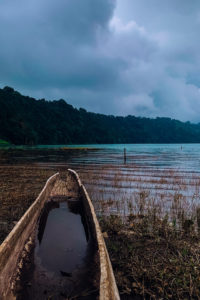


I saw your profile, it is very fantastic .. It also got to see that you like to visit a new place ..
Whenever you come to Rajasthan, you definitely come to Bikaner .. There is a lot to see here .. According to me people outside India are the most in Bikaner in Rajasthan..
India is a place I would love to visit but it is one place that makes me feel unsure (more of a reason to visit!) but your guide makes me want to go even more!! Maybe it will be one of my top destinations when the world starts to open up!
Wow this the most amazing & comprehensive breakdown of India I think I’ve ever seen! I am so thankful for this because India is a DREAM destination of mine, but if I’m being completely honest I am a bit intimidated of going. This is super helpful and I will definitely be saving for later!
This is the best post I’ve read about visiting India. I really love how you cover each point with straight to the point facts. I will definitely come back to this post when I go!
This a very comprehensive travel guide to India. Love all your tips on where and when to visit as well as the safety tips. Pinning for future reference.
Thank you so much for this article! I’ve been hesitant so far to plan a trip to India because there are so many things to take care of. This gives such a nice overview! 🙂
Amazing article! It’s a great guide for everyone who is interesting in going to India. Hope I’ll get to visit there as well soon.
India has been on my bucket list for so long! Maybe one day I’ll get to visit!